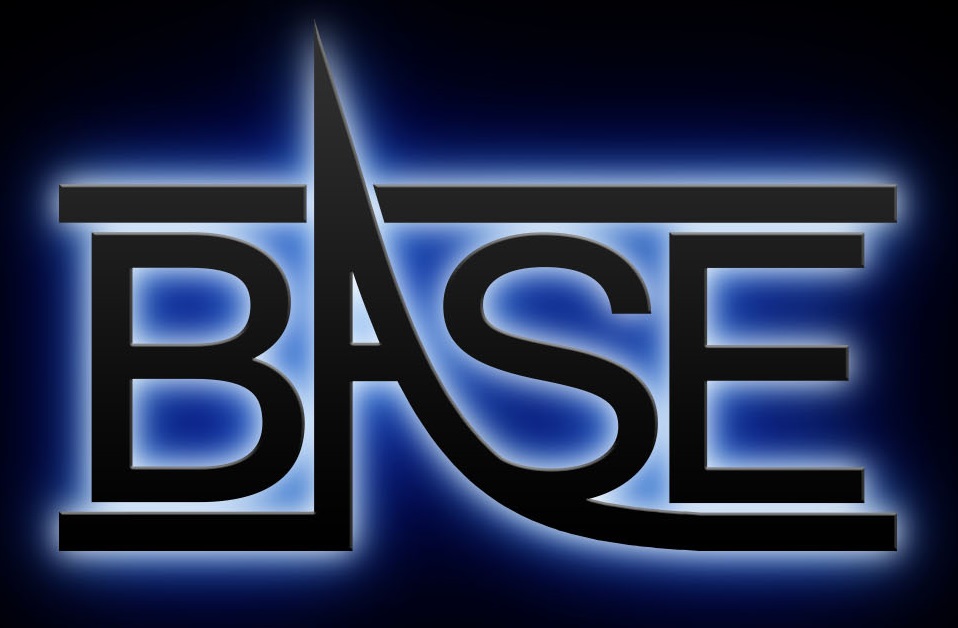In a major milestone for quantum physics and antimatter research, we at BASE have demonstrated the first coherent spectroscopy with a single antiproton spin. By keeping a single antiproton oscillating coherently between the "spin-up" and the "spin-down" states for 50 seconds, we've demonstrated quantum control over a fundamental antimatter particle — something never done before.
BASE-STEP – Paving Way for Mobile Antiproton Research
In a major milestone for antimatter research, we have – for the first time – successfully transported protons outside an antimatter laboratory using our fully autonomous, open, mobile Penning trap system BASE-STEP. This pioneering technology enables the relocation of charged particles without the need for continuous external power.
Orders of Magnitude Improved Cyclotron-Mode Cooling for Nondestructive Spin Quantum Transition Spectroscopy with Single Trapped Antiprotons
In an article, published today in Physical Review Letter, we demonstrate efficient sub-thermal cooling of the modified cyclotron mode of a single trapped antiproton and reach particle temperatures below 200 mK in preparation times shorter than 500 s. This corresponds to the fastest resistive single-particle cyclotron cooling to sub-thermal temperatures ever demonstrated.
Image-Current Mediated Sympathetic Laser Cooling of a Single Proton in a Penning Trap Down to 170 mK Axial Temperature
In an article, published today in Physical Review Letter, we demonstrate a new temperature record for image-current mediated sympathetic cooling of a single proton in a cryogenic Penning trap by laser-cooled beryllium ions. In our experiments we reach an axial mode temperature of 170 mK, corresponding to a 15-fold improvement compared to the best value achieved in previous experiments.
A 16 parts-per-trillion comparison of the proton/antiproton charge-to-mass ratios
In a paper published today in Nature, we report on the most precise comparison between a fundamental property of protons and antiprotons. Analysing a total of about 24000 proton and antiproton cyclotron frequency measurements, taken over the course of one year and half, we found that the charge-to-mass ratios of protons and antiprotons are identical to within a record experimental uncertainty of 16 parts per trillion, see Fig. 1.
COOL NEW TECHNIQUE: SYMPATHETIC COOLING OF PROTONS BY LASER-COOLED BERYLLIUM IONS
Today, we report in Nature on the first sympathetic cooling of a single trapped proton, using laser-cooled beryllium ions stored in a spatially separated trap. The energy exchange between the proton and the laser-cooled ions is mediated by image currents induced by the ions in the trap electrodes, transmitted through a superconducting LC circuit that connects the traps (see Figure 1).
BASE and ALPHA in the Top 10 of Physics Breakthroughs 2021
One of the highlights in the annual Physics calendar is the announcement of the “Physics Breakthroughs of the Year”, by the journal Physics World. This year, our paper on "Sympathetic cooling of protons mediated by a superconducting LC-circuit", published in Nature, was selected as one of the top ten achievements made in 2021.
Detection of metastable electronic states by Penning trap mass spectrometry
We congratulate our friends at PENTATRAP at the Max Planck Institute for Nuclear Physics in Heidelberg, which report here on the detection of a 200eV excited metastable state in highly charged Rhenium, identified by a 10 ppt mass measurement. Also some BASE members were involved in the study.
Direct Limits on the Interaction of Antiprotons with Axion-Like Dark Matter
Today we publish the first limits on the interaction of antiprotons with axion-like dark matter. For this work we’ve teamed up with scientists from the PRISMA+ cluster at Mainz, which have great expertise in dark matter research
